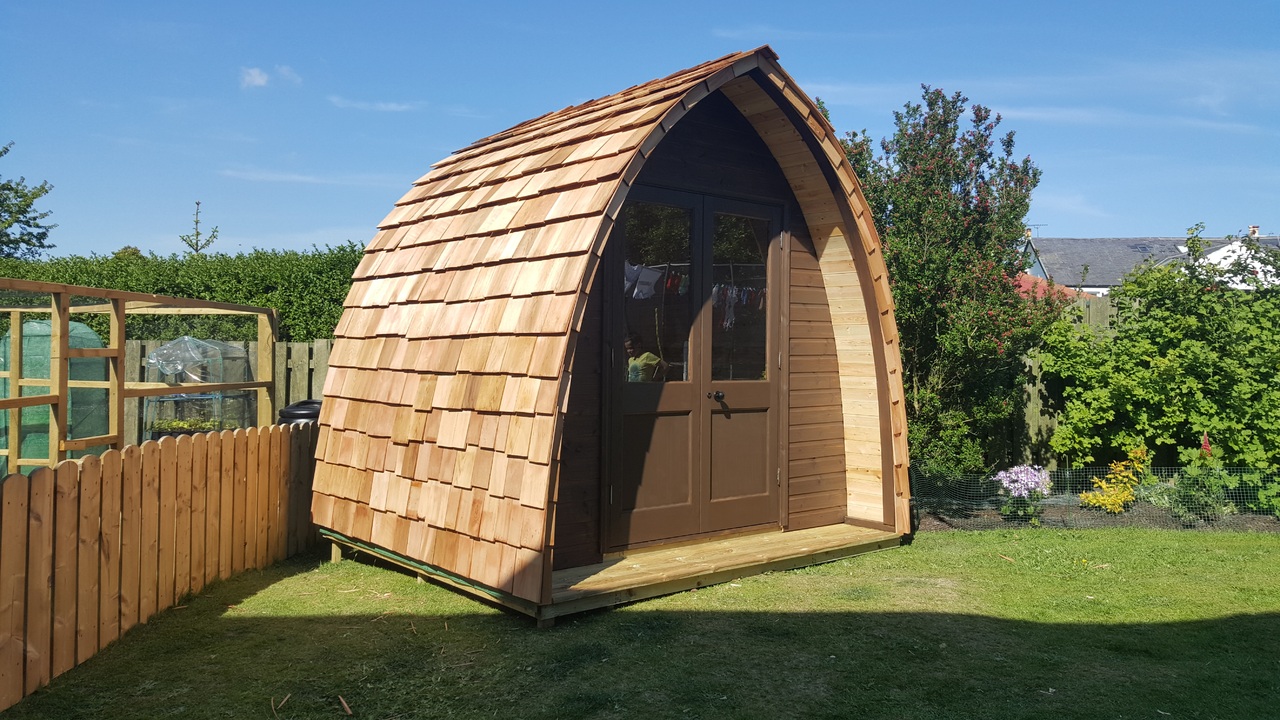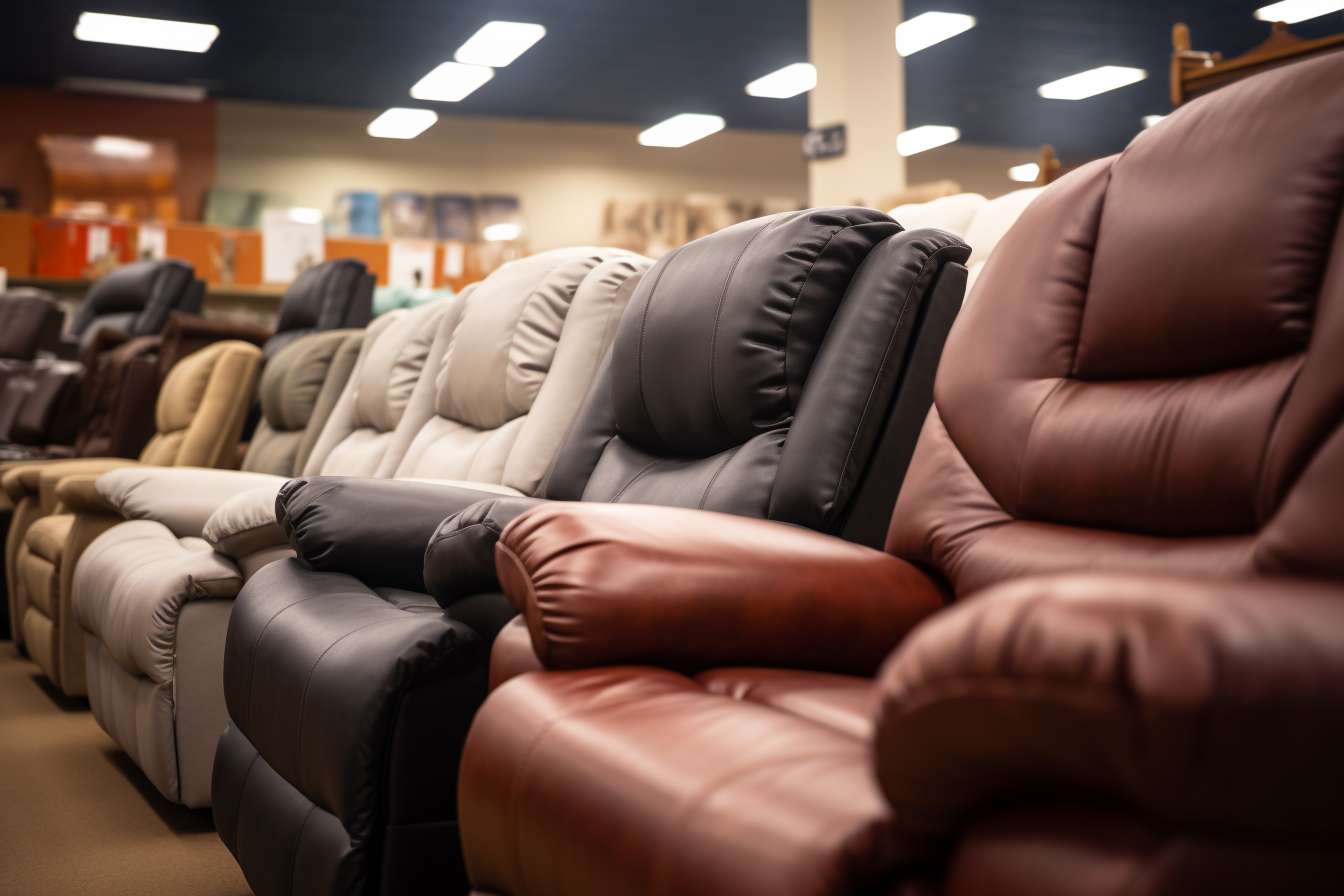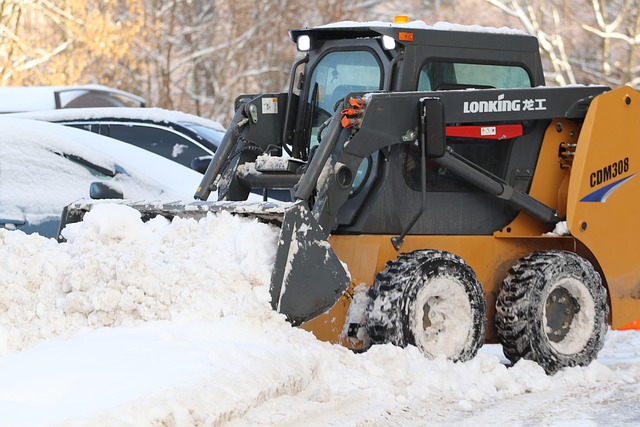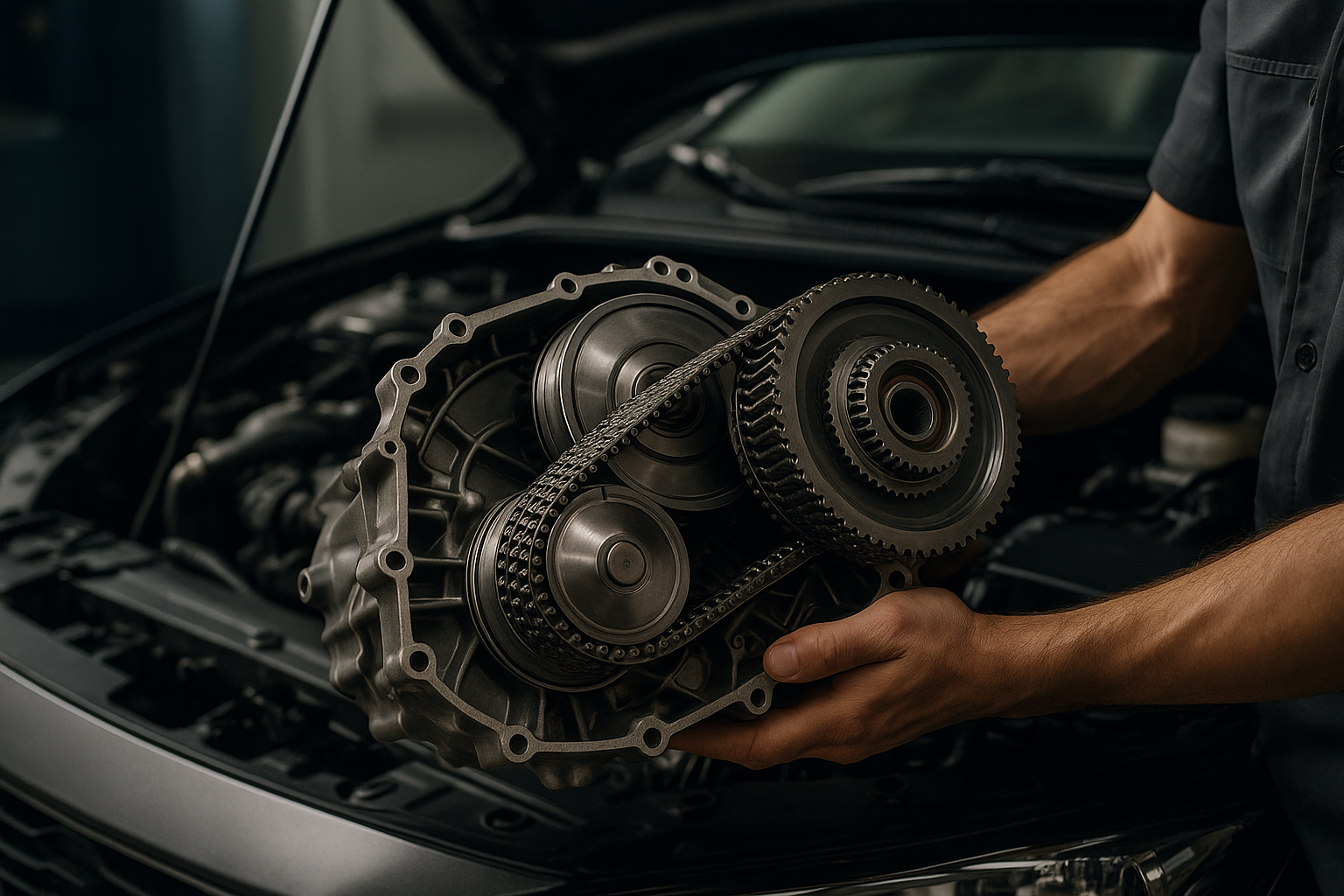Explore Practical Garden Shed Options to Enhance Your Outdoor Space
Garden sheds have evolved from simple storage solutions to versatile structures that can transform outdoor spaces. Whether you need somewhere to store gardening tools, create a workshop, or establish a tranquil retreat, the right garden shed can significantly enhance your property's functionality and aesthetic appeal. With numerous designs, materials, and sizes available, understanding the various options helps you select a shed that meets your specific needs while complementing your garden's layout and style.
What Types of Garden Sheds Are There?
Garden sheds come in a remarkable variety of styles and materials, each offering distinct advantages for different needs. Traditional wooden sheds remain popular for their natural appearance and customization potential. These structures blend seamlessly with garden environments and can be painted or stained to match your home’s exterior. Metal sheds provide excellent durability against harsh weather conditions and typically require minimal maintenance, making them practical long-term investments. For those seeking budget-friendly options, plastic resin sheds offer weather resistance without the maintenance demands of wood, though with a more limited aesthetic appeal.
Beyond these common materials, specialized shed types include potting sheds with large windows to maximize natural light for plant work, corner sheds designed to utilize awkward garden spaces efficiently, and lean-to sheds that attach to existing structures to save space. The market also features increasingly popular hybrid designs that combine materials—such as metal frames with wooden cladding—to leverage the strengths of multiple materials while minimizing their weaknesses.
When selecting a shed type, consider not only your immediate storage needs but also potential future uses. A slightly larger shed with versatile interior space may serve you better over time than one designed for a single specific purpose.
The Importance of Garden Shed Durability
Durability should be a primary consideration when investing in a garden shed, as it directly impacts longevity and maintenance requirements. A well-constructed shed can withstand decades of seasonal changes, while poorly built alternatives may deteriorate after just a few years. Key durability factors include foundation quality, material thickness, and weather resistance features.
The foundation creates the critical base for your shed’s structural integrity. Options range from concrete slabs to timber bases, with the best choice depending on your local soil conditions and shed size. For larger structures, professional foundation installation often proves worthwhile to prevent future problems like sinking or warping.
Material quality significantly influences durability regardless of whether you choose wood, metal, or plastic. With wooden sheds, look for pressure-treated lumber with natural rot resistance. For metal sheds, galvanized steel with rust-resistant coatings provides superior longevity. High-density polyethylene (HDPE) plastic offers the best UV resistance for plastic sheds, preventing brittleness and color fading over time.
Construction details also contribute to durability—double-check roof designs for proper water runoff, door hardware for strength, and overall construction for reinforcement at stress points. Investing in quality upfront typically reduces maintenance costs throughout the shed’s lifetime while ensuring it remains functional and attractive for years to come.
Examples and Advantages of Multifunctional Sheds
Multifunctional sheds represent one of the most innovative trends in outdoor structures, offering creative ways to maximize limited garden space. These versatile buildings can simultaneously fulfill multiple roles, providing exceptional value compared to single-purpose alternatives. A well-designed multifunctional shed might combine tool storage with a potting area, workshop space, or even a comfortable seating area for relaxation.
Popular examples include garden-office combinations that feature insulated walls, electrical connections, and strategic window placement to create productive workspace adjacent to storage areas. Shed-greenhouse hybrids incorporate translucent roofing panels or extensive windows alongside traditional storage components, allowing gardening enthusiasts to propagate plants and store equipment in a single footprint. For those with artistic interests, studio-storage combinations provide creative space while keeping supplies organized and accessible.
The advantages of multifunctional designs extend beyond space efficiency. These structures can adapt to changing needs throughout different seasons or as hobbies and interests evolve. A shed that incorporates both covered and open-air sections creates transitional spaces perfect for entertaining or enjoying the garden during variable weather. By consolidating multiple outdoor needs into one structure, homeowners can reduce overall building costs while maintaining more open garden space for planting or recreation.
Garden Shed Sizing and Placement Considerations
Selecting the appropriate size and location for your garden shed involves balancing available space with functionality requirements. While larger sheds offer more storage capacity and usability options, they also consume more garden space and typically cost more initially. A common approach is to list all items intended for shed storage, then add 25-30% additional space for future needs and comfortable movement within the structure.
Standard residential garden sheds range from compact 6x4 foot models suitable for basic tool storage to more spacious 12x10 foot or larger buildings that can accommodate workbenches, larger equipment, and designated activity zones. Height considerations are equally important—allowing sufficient vertical space for storing longer tools upright and potentially adding shelving or overhead storage systems maximizes usable space.
Placement significantly impacts both shed functionality and garden aesthetics. Consider factors like sun exposure, drainage patterns, and accessibility when selecting a location. South-facing positions maximize natural light for work areas, while partial shade may better preserve wooden structures. The shed should be easily accessible from both the garden and home, with pathways that remain usable in all weather conditions. Many municipalities require permits for shed installation and enforce setback requirements from property lines, so checking local regulations before finalizing placement prevents potential compliance issues.
Garden Shed Cost and Value Comparison
The investment required for a garden shed varies considerably based on size, materials, design complexity, and whether you choose DIY installation or professional construction. Understanding realistic cost ranges helps in budgeting appropriately for a structure that meets your needs without unnecessary expense.
| Shed Type | Average Size | Material | Approximate Cost Range | Durability Rating |
|---|---|---|---|---|
| Economy Wooden Shed | 8’ x 6’ | Untreated pine | $500-$1,200 | 5-8 years |
| Premium Wooden Shed | 10’ x 8’ | Cedar/treated pine | $1,500-$4,000 | 15-20+ years |
| Metal Shed | 10’ x 8’ | Galvanized steel | $300-$1,000 | 15-20 years |
| Vinyl/Plastic Shed | 8’ x 6’ | High-density resin | $700-$2,500 | 10-15 years |
| Custom Built Wooden Shed | 12’ x 10’ | Various premium woods | $3,000-$10,000+ | 20+ years |
Prices, rates, or cost estimates mentioned in this article are based on the latest available information but may change over time. Independent research is advised before making financial decisions.
Beyond initial purchase costs, consider long-term value factors like maintenance requirements, durability, and potential property value enhancement. While wooden sheds generally require more upkeep through periodic staining or painting, they often add more aesthetic value to properties. Metal sheds typically offer the lowest lifetime cost when maintenance is factored in, despite sometimes being less visually appealing. Customization options like windows, workbenches, electrical wiring, and insulation add to initial costs but may provide significant functional benefits that justify the investment.
Maintaining and Extending Garden Shed Lifespan
Regular maintenance significantly extends garden shed lifespan while preserving appearance and functionality. Wooden structures benefit from annual inspections for moisture damage, with reapplication of preservatives or paint every 2-5 years depending on climate conditions and exposure. Checking and resealing roof joins prevents leaks that can quickly compromise structural integrity, while ensuring proper ventilation prevents condensation buildup that encourages rot and mold growth.
Metal sheds require less frequent maintenance but should be inspected annually for rust development, particularly at seams and fastening points. Applying protective coatings to any compromised areas prevents spreading corrosion. Plastic sheds benefit from occasional cleaning to remove accumulated grime and prevent UV degradation of the material. For all shed types, keeping gutters clear and maintaining proper drainage around the foundation prevents water damage that can undermine structural stability.
Upgrading hardware elements like hinges, locks, and door handles when they show wear prevents more significant problems and improves security. Adding interior organization systems maximizes usable space while reducing wear from overcrowding or improper storage. With appropriate maintenance, a quality garden shed can remain functional and attractive for decades, providing excellent return on your initial investment.





